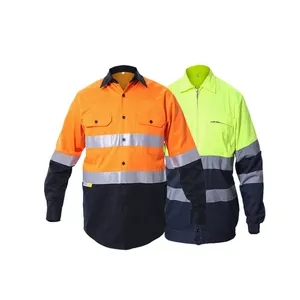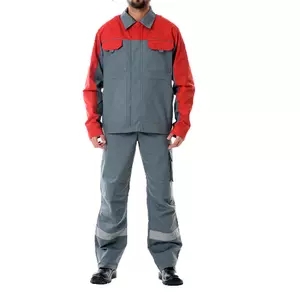The economics of staff uniforms can be quite multifaceted, involving various costs, benefits, and considerations for businesses. Here’s a breakdown of the key economic aspects:
1. Cost of Uniforms:
- Initial Investment: Designing, producing, and purchasing uniforms can involve significant upfront costs. This includes the cost of fabric, manufacturing, branding, and any customization.
- Regular Replacement: Uniforms wear out over time and may need to be replaced periodically. This ongoing cost should be factored into the budget.
2. Branding and Identity:
- Uniforms contribute to a consistent and professional brand image. They create a cohesive look for staff, making them easily recognizable to customers.
- A strong brand identity can lead to increased customer trust and loyalty, potentially translating into higher sales.
3. Employee Morale and Productivity:
- Uniforms can foster a sense of belonging and equality among employees. When everyone wears the same attire, it minimizes distinctions based on clothing choices.
- Employees may feel more connected to the company’s mission and values if they are part of a unified team.
4. Time and Effort Savings:
- Uniforms simplify the process of getting ready for work, as employees don’t need to spend time deciding what to wear each day.
- Dress codes can be easier to enforce when everyone is expected to adhere to a specific uniform standard.
5. Customer Perception:
- Well-designed uniforms can enhance the perceived professionalism and credibility of the business in the eyes of customers.
- Uniforms can also set the tone for the type of service customers can expect.
6. Customization Costs:
- Providing options for customization (like different sizes, styles, or colors) can add complexity and cost to uniform procurement.
- Balancing customization with cost considerations is crucial.
7. Maintenance:
- Uniforms need to be cleaned and maintained regularly, which could involve costs for laundering or dry cleaning.
- The choice of fabric and design can impact maintenance costs.
8. Turnover and Sizing Issues:
- High employee turnover can lead to more frequent uniform replacements, increasing costs.
- Ensuring that uniforms fit all employees properly may require offering various sizes and accommodating changes.
9. Regulatory and Safety Requirements:
- Depending on the industry, there may be safety and regulatory requirements for uniforms (e.g., protective clothing for industrial settings).
- Compliance with these requirements can impact uniform design and costs.
10. Employee Satisfaction and Recruitment:
- Offering comfortable and aesthetically pleasing uniforms can contribute to employee satisfaction and potentially attract new talent.
- Averse reactions to uniforms could lead to lower morale and make it difficult to recruit and retain employees.
In assessing the economics of staff uniforms, businesses need to consider both short-term and long-term costs and benefits. It’s essential to strike a balance between creating a professional image, fostering employee satisfaction, and managing the associated expenses. Careful planning, considering customization needs, and periodically reassessing the uniform program can help optimize the economic impact of uniforms on the business.

































